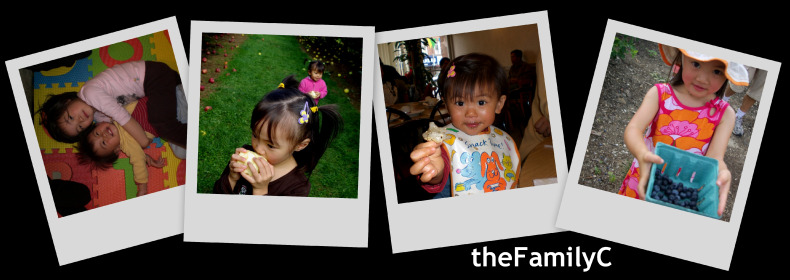There are some tips that are pretty useful in the book. For one, he lists ten super foods which is a great guideline to incorporate. (Excerpted from the book/website)
Avocados are a clean, healthy source of healthy fatty acids. They are rich in cholesterol-lowering phytosterols and high in the powerful anti-oxidant glutathione. Avocados are healthy anti-cancer food. Use it in place of butter, mash it with bananas for young children, and use it in lots of avocado-based dressings and dips.
Blueberries/Blackberries are packed with tannins, anthocyanidins, flavonoids, polyphenols, and proanthcyanidins that have been linked to prevention and reversal of age-related mental decline. They also have powerful anti-cancer effects. Use frozen organic berries in the winter when fresh ones are not available.
Cantaloupes are another vitamin powerhouse. With only 56 calories a cup, one gets a huge amount of vitamin C and beta-carotene as well as folate, potassium, fiber, thiamin, niacin, pantothenic acid, and vitamin B6.
Carrots/Beets are colorful root crops that add beauty and flavor to dishes. Shredded raw in salads, cooked, or in soups, they are high in fiber and antioxidants compounds such as cartonoids abd betacyanin, a powerful cancer protective agent found to inhibit cell mutations.
Flax Seeds are rich in lignans and omega-3 fatty acids, and scientific studies have confirmed that flax seeds have a positive influence on everything from cholesterol levels and constipation to cancer and heart disease. Use ground flax seed in oatmeal, or add them to whipped frozen bananas, stewed apples, and cinnamon and nut balls. Keep in mind that the scientifically documented benefits from flax seeds come from raw, ground flax seed, not flax seed oil.
Green Lettuce is exceptionally low in calories, but contains an abundance of phytonutrients, plant proteins, vitamins, minerals, and fiber. Eat salad with lettuce every day.
Kale is a fantastic high-nutrient green vegetable to add to soups and to serve chopped.
Sesame Seeds are one of the most mineral-rich foods in the world and a potent source of calcium, magnesium, copper, iron, manganese, zinc, vitamins, and fiber. They are also rich in anti-cancer lignans that are uniquely found in sesame seeds alone. Grind some unhulled sesame seeds into a powder to sprinkle on salads and vegetables. Toast lightly and mix with eggplant, chickpeas, scallions, and garlic for a healthy and delicious dip.
Strawberries are high in folic acid, flavonoids, iron, and vitamin C. They provide a good source of dietary fiber and potassium yet contain only 60 calories per cup. Use strawberries and frozen strawberries frequently. Try a fruit smoothie by blending together a banana, orange juice, and frozen strawberries.
Tomatoes have been a hot topic in recent years because their consumption has been linked to dramatic reduction in the incidence of common cancers. One of the tomatoes' heavily investigated anti-cancer phytochemicals is lycopene, which has been shown to be protective against cancer, including prostate cancer, breast cancer, endometrial cancer, lung cancer, and colorectal cancers."
The other tip that I liked is regarding nuts. He liked nuts as an alternate (read - better) form of fat. However it shouldn't still be consumed in large quantities.There is one point though that he made regarding picky eaters that turned on the "light bulb" for me. His advice was to never coerce a child to eat. Seems like an oft repeated mantra but he follows it up with a new mantra - "I will not be concerned with the number of calories consumed by my child" It finally clicked. I really did just stop pushing s to eat. It was getting more and more frustrating. I've tried many things but often she will eat as much as she wants and as often as she wants. So now I don't push anymore. I stopped completely. I would ask the nanny how much she ate. However much it is, it is enough until she asks for more. That has been such a relief.
In summary, he makes a lot of interesting points though many of his points were made in most health magazines for years. So there is probably no reason the book should have gone to almost 230 pages.
My rating - read through the website. Everything is there and the information is indexed for quick access.

No comments:
Post a Comment